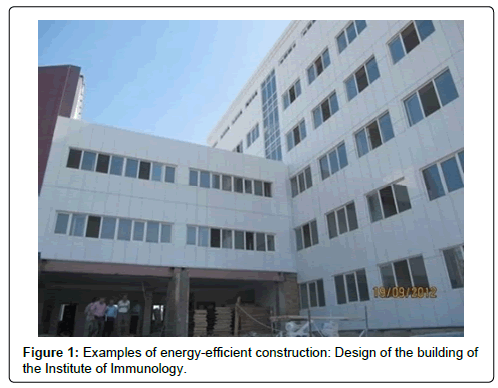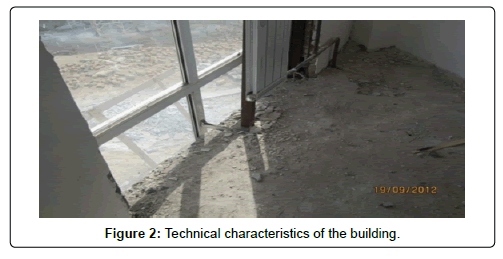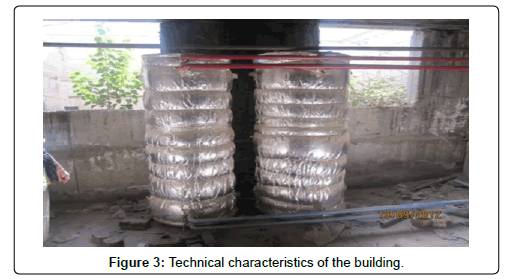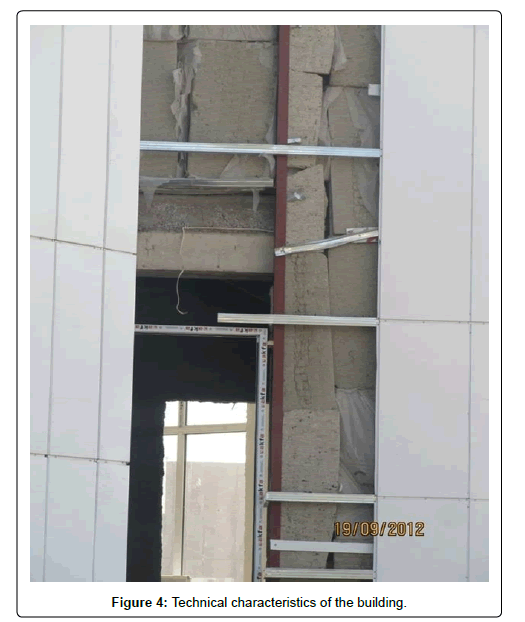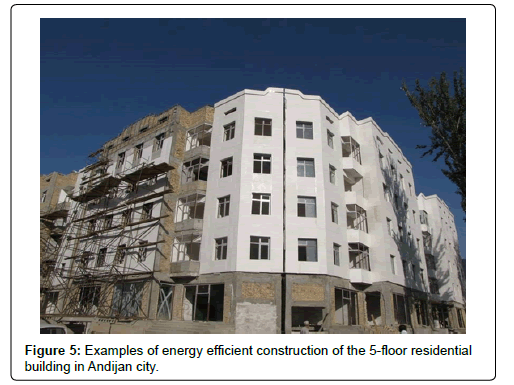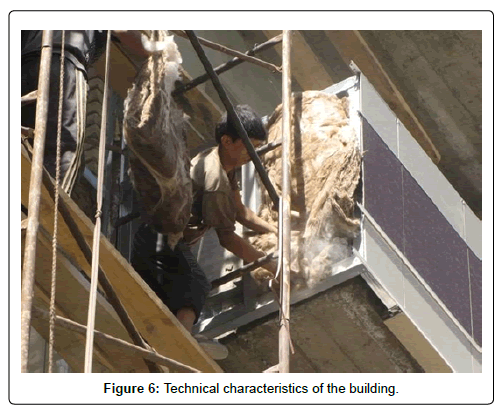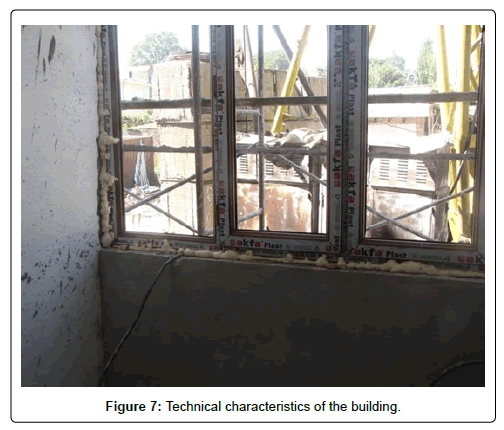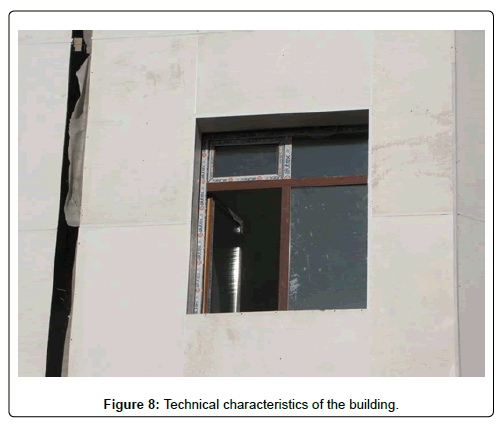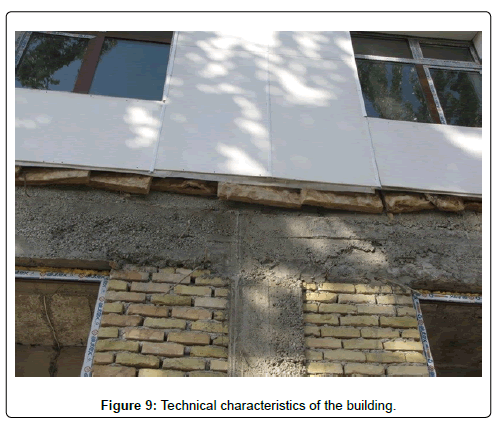Perspective Article Open Access
Energy Efficiency is the Main Objectives in Construction and Reconstruction
Bonu Azizova*
Tashkent Architecture and Construction Institute, Uzbekistan
- *Corresponding Author:
- Bonu Azizova
Tashkent Architecture and
Construction Institute, Uzbekistan
E-mail: bonu.azizova@gmail.com
Received Date: April 21, 2015 Accepted Date: June 10, 2015 Published Date: June 30, 2015
Citation: Azizova B (2015) Energy Efficiency is the Main Objectives in Construction and Reconstruction. J Archit Eng Tech 4:144. doi:10.4172/2168-9717.1000144
Copyright: © 2015 Azizova B. This is an open-access article distributed under the terms of the Creative Commons Attribution License, which permits unrestricted use, distribution, and reproduction in any medium, provided the original author and source are credited.
Visit for more related articles at Journal of Architectural Engineering Technology
Introduction
In the current days, all over the world is paying more attention to the problem of resource conservation on heating buildings and its efficient use. Saving energy is one of the most actual topics for today. Modern buildings and facilities have huge reserves to increase their thermal efficiency.
Energy consumption of buildings, which was not significant for the past, has become the dominant measure of the quality of the project. Over time, modify and extend the object of study: energy efficiency in buildings and structures.
If at the beginning of the construction of energy efficient buildings, until the early 1990s, the main interest is the study of measures for energy saving, then in the mid-1990s, priority is given to energyefficient solutions that simultaneously contribute to the quality of the microclimate.
In the construction of a large number of buildings, neighborhoods and even architectural zones which have been designed and constructed based on different concepts of energy efficient and environmentally friendly technologies. These concepts are defined by their own names. Most famous were the following ones: energyefficient buildings and structures; buildings and structures with low power consumption; buildings and structures with ultra -low power; buildings and structures with zero energy use; passive buildings and structures; bioclimatic architecture; healthy buildings and structures; "Smart" homes and buildings; intelligent buildings and structures; building and construction of high-tech; environmentally neutral buildings.
In our country, buildings account for almost half of the country’s total energy consumption, or 17 million tons of oil equivalents, annually. Many buildings are now physically worn out and planned for reconstruction or rehabilitation. Increasing population places growing demand in education and healthcare services, which requires further renovation of the existing ones and construction of new public buildings.
Energy efficient construction is a safe bet and creates independency from the fluctuations in energy costs. REHAU system solutions cover all three pillars of energy efficiency: Creating energy efficiently, using energy efficiently, and reducing energy losses. With innovative materials and highly developed system technologies, we offer our customers highly efficient options for positive energy rating and economical solutions for exceeding the EnEV [1].
Currently, the construction of buildings continued to follow outdated rules and practices in the construction industry, where energy efficiency considerations have not yet taken into account in the process of design and construction, which leads to excessive consumption of energy and makes a great contribution to greenhouse gas emissions in the country. In order to solve these demographic and social problems, the government has taken a number of large-scale programs for reconstruction and construction of public buildings, including schools, colleges, kindergartens, hospitals and sports facilities [2]. These programs have targets at improving the energy efficiency of buildings, which include new opportunities for energy-efficient building through improved design and technology.
One of these reconstruction objects in our country is the building of the Institute of Immunology, National Center of Legal Medicine in Tashkent.
The foregoing examples of the construction and reconstruction of the buildings, that increased energy efficiency, are the part of sustainable development in architecture.
Sustainable buildings and structures includes the study of the possibility of the use of clean renewable energy, the optimal use of the requested energy, water conservation, use of building materials reuse, improve the quality of the human environment [3].
Nonetheless, the study of several aspects of the problem is insufficient: it is necessary to study the complex development and the environment, and their environmental and energy potential, through a complex of measures for energy efficiency program, gradually introduced new technologies, constantly approaching the main goal is sustainable development as architecture as like the whole State. This is the main purpose of the theory and construction practices today (Figure1).
The design of the building of the Institute of Immunology at the National Centre for Legal Medicine in Tashkent was completed by "UzTibloyiha". The principal recipient/beneficiary of the building the Ministry of Healthcare of the Republic of Uzbekistan, General Contractor is "Ulkan Qurilish" LLC (Figures 2-4).
Technical characteristics of the building
• Heated area according to the design – 4,705 m2
• Annual energy consumption for heating and ventilation – 647,878 kWh/year
• Specific annual energy consumption for heating – 137.7 kWh/ m2 per year
Indicators of specific energy consumption for heating fully correspond to the requirements of Level 2 of thermal insulation (Figures 5-9) [4].
Technical characteristics of the building
• Heated area according to the design – 4,922 m2
• Annual energy consumption for heating – 665,761 kWh/year
• Specific annual energy consumption for heating – 135.2 kWh/ m2 per year
Indicators of specific energy consumption for heating fully correspond to the requirements of Level 2 of thermal insulation.
Ultra-efficient home design combines state-of-the-art, energyefficient construction, appliances, and lighting with commercially available renewable energy systems, such as solar water heating and solar electricity. By taking advantage of local climate and site conditions, designers can incorporate passive solar heating and cooling and energy-efficient landscaping strategies. The intent is to reduce home energy use as cost-effectively as possible, and then meet the reduced requirements with on-site renewable energy systems. To learn more about the details of designing and building an ultra-efficient home, visit Building America Resources for Energy-Efficient Homes.
References
- Sattorov ZM (2014) Conserve heat and power buildings. Proceedings of the international conference on Energosbeoregayuschie construction materials. SamGASI International Conference.
- Materials Information Seminar (2014) Energy audit of buildings in Uzbekistan, the Norwegian program for human resource development - the results and status. Uzbek - Norwegian cooperation in the energy efficiency of buildings. Tashkent.
- http://uz.beeca.net
- http://dbase.caep-project.org
Relevant Topics
- Architect
- Architectural Drawing
- Architectural Engineering
- Building design
- Building Information Modeling (BIM)
- Concrete
- Construction
- Construction Engineering
- Construction Estimating Software
- Engineering Drawing
- Fabric Formwork
- Interior Design
- Interior Designing
- Landscape Architecture
- Smart Buildings
- Sociology of Architecture
- Structural Analysis
- Sustainable Design
- Urban Design
- Urban Planner
Recommended Journals
Article Tools
Article Usage
- Total views: 20817
- [From(publication date):
June-2015 - Apr 21, 2025] - Breakdown by view type
- HTML page views : 15864
- PDF downloads : 4953

